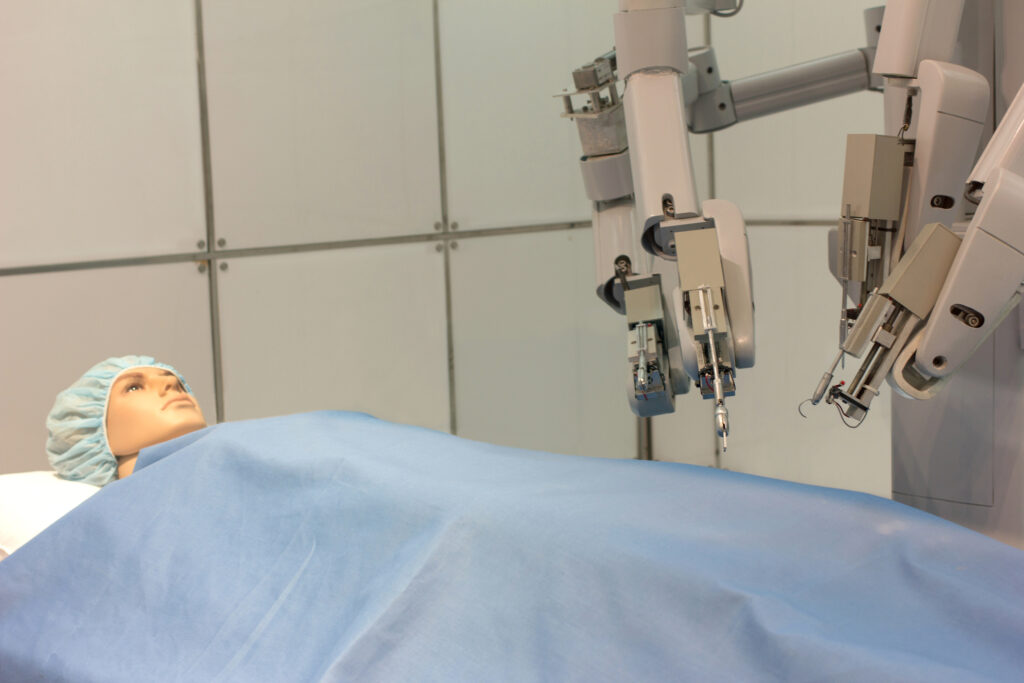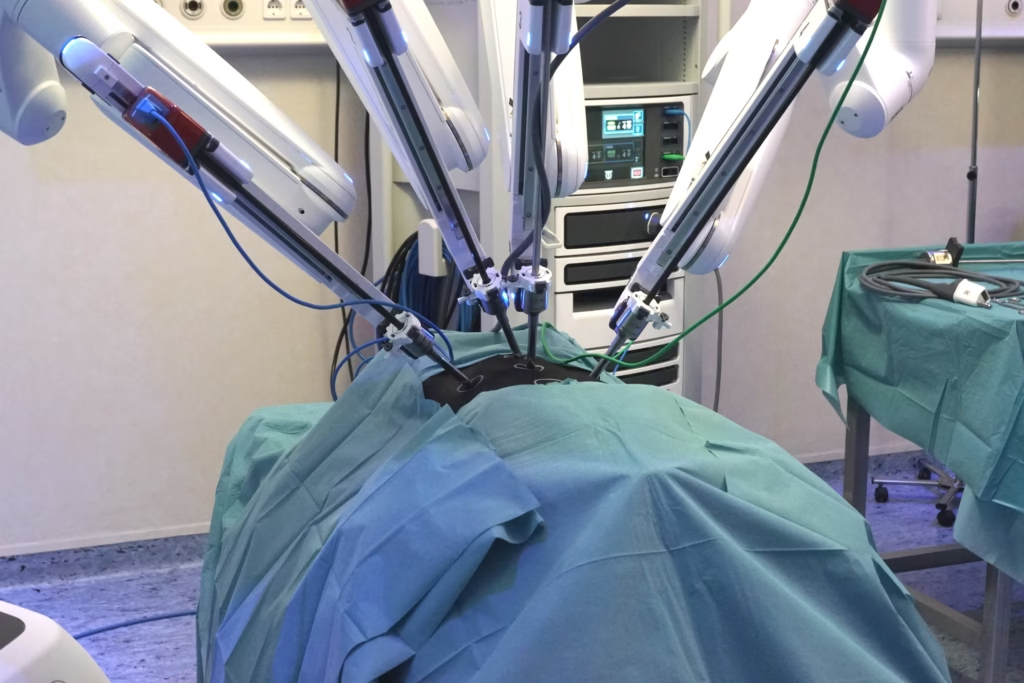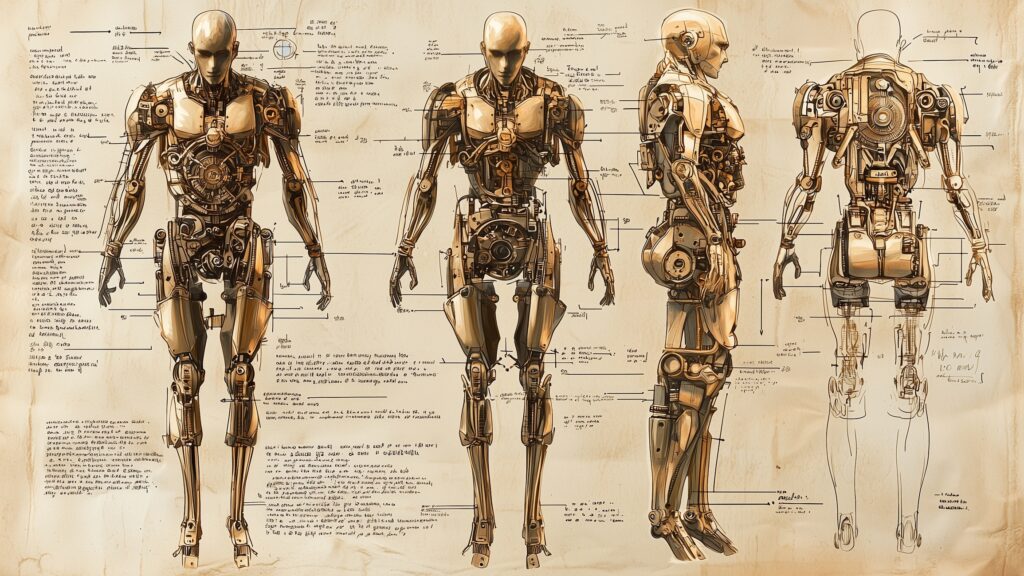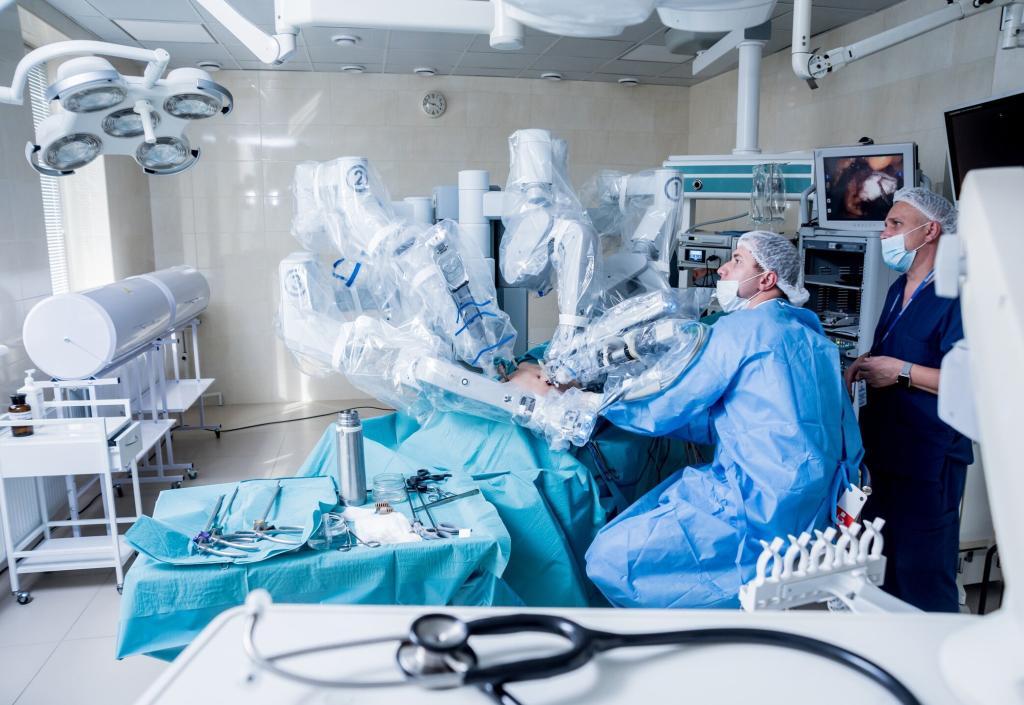Microrobots, once seen as a distant ambition, are now moving into a phase where practical medical use is no longer far-fetched. A series of recent breakthroughs has propelled the field forward, with scientists demonstrating improved navigation, targeted drug delivery, responsive materials, autonomous functions, and even coordinated swarm behaviour. The emerging picture suggests that microrobots may soon transform how clinicians diagnose, deliver therapies, and perform minimally invasive procedures.
This article summarises the most recent progress and explains why researchers are increasingly confident that these tiny devices may one day operate safely and with high levels of control in patients.
Turning precision navigation into a practical tool
One of the most significant advances has been the development of methods for guiding microrobots through complex biological environments. Research teams at ETH Zurich recently presented a device that travels through blood vessels using magnetic fields and controlled heating. The structure is simple at first glance: a small gelatin capsule reinforced with iron-oxide nanoparticles and a layer of tantalum for visibility under X-ray imaging. The effect, however, is powerful. The iron-oxide nanoparticles enable external steering with rotating or gradient magnetic fields, while the tantalum makes the capsule easy to track with standard clinical imaging equipment.
The ETH Zurich group has tested the system in artificial vessel models and large-animal studies, demonstrating that the microrobot can move upstream or downstream, navigate branching paths, and withstand physiological flow conditions. These results are encouraging for clinicians who have long struggled with systemic drug delivery methods that send the majority of a drug through the entire body rather than to the target site. With microrobots acting as delivery capsules, doctors could theoretically guide treatments directly to a tumour, blood clot, or a specific region of inflamed tissue.
The release mechanism adds another layer of precision. By applying high-frequency magnetic heating to the iron-oxide core, the gelatin shell dissolves on command. Instead of relying on slow diffusion or chemical triggers, the clinician has a direct method of controlling when and where the therapeutic payload is released. Early tests have shown that this can be performed without damaging surrounding tissue.
For medical imaging and interventional radiology teams, this presents an intriguing prospect. A device that can be tracked in real time through the vasculature and then activated to deliver a therapeutic or diagnostic agent at a chosen point aligns well with existing workflows. It could extend the capabilities of X-ray, MRI and ultrasound-guided procedures, offering finer control than catheters or free-flowing drugs.
Smarter materials and more adaptable motion
Another key area of progress lies in the development of materials for building and actuating microrobots. Several research groups are exploring hydrogels that swell, stiffen or contract in response to temperature, pH or light. These materials have helped create microrobots capable of changing shape, gripping soft tissue or adapting their movement style. This is important because the environments inside the human body vary greatly — stomach acid, lymphatic fluid, cerebrospinal fluid and blood all present different challenges.
One study has focused on MXene-based composites, a class of two-dimensional materials with high electrical conductivity and tunable surface chemistry. These materials respond to multiple external stimuli, making them ideal for microrobots that need to switch between magnetic propulsion, electrical stimulation or chemical responsiveness. Their properties could enable devices to shift from linear motion to rolling, hopping, or twisting movement based on environmental demands.
Hybrid actuation methods are also becoming more common. Researchers are combining magnetic and acoustic forces, or integrating thermal triggers with electrical fields. This multi-modal approach makes microrobots more manoeuvrable, especially in confined spaces. Acoustic actuation has gained particular attention because it can exert force without contact, making it useful for systems that need to push, pull, or rotate without tethering the robot to a surface.
These developments mark a departure from earlier microrobots that relied on a single external magnetic field for propulsion. The new generation is not only more responsive but also more adaptable to the unpredictable physics of the human body.
The rise of autonomous microrobots
While external control is effective, there are growing efforts to give microrobots some level of autonomy. In recent studies, engineers have fitted microrobots smaller than a millimetre with tiny onboard circuits, microcontrollers and even basic sensors. These devices harvest energy from ambient light, meaning they do not rely purely on battery power or an external field. Although still limited in processing ability, they have demonstrated simple programmed behaviours, such as navigating towards a light source or avoiding obstacles.
Another strand of work focuses on machine learning. In one project, scientists trained an ultrasound-driven microrobot using a reinforcement learning system. The robot learned to navigate a fluid environment by adjusting its responses to acoustic signals. This marks one of the first applications of learning algorithms directly applied to micro-scale devices in realistic conditions.
A separate study introduced physics-informed algorithms for depth estimation, enabling microrobots to determine their position in three-dimensional space without relying solely on imaging equipment. If these methods become more refined, future microrobots may understand their surroundings well enough to adjust their path automatically rather than requiring constant external steering.
Such advances raise the possibility of future devices that explore small or hard-to-reach areas with minimal supervision — for instance, travelling through narrow brain vessels, navigating the lung periphery or exploring the microstructure of tumours.
Swarm behaviour creates new possibilities
Research groups are also investigating how microrobots behave in groups. Swarm microrobotics draws inspiration from natural systems such as fish schools, insect colonies and bird flocks. Scientists have now demonstrated microrobots that, on command, gather into formations, rotate as a unit, or disperse using acoustic or magnetic signals.
The advantage of swarming lies in collective force and coverage. A single microrobot has limited power; a group of thousands can move heavier objects, navigate through thick fluids more effectively, or apply wide-area treatments such as enhanced drug penetration into dense tumour tissue. Swarms could also support tasks such as cleaning blocked shunts, removing biofilms, or distributing contrast agents evenly across a region.
One experiment showed microrobots forming a rotating “tornado-like” cluster capable of drilling through soft biological material. Another study revealed that magnetically controlled swarms can transition between a tight beam for penetrating channels and a dispersed mode for surface cleaning. The flexibility of these formations may allow clinicians to tailor microrobot behaviour to specific procedures.
This line of work is still in an early stage, but the technical progress made during the past two years has been rapid. If researchers can control swarms reliably in living tissue, the applications could be extensive.
Implications for diagnostics and therapy
For many clinicians, the appeal of microrobots lies not only in their ability to deliver drugs more accurately. They may also serve as platforms for imaging agents, sensors, or even therapeutic agents, such as radionuclides. Because a microrobot can be directed to a specific location, it could carry a concentrated dose of contrast agent to highlight a tumour margin, or a small amount of radioactivity for micro-targeted therapy.
Interventional radiologists see potential in combining these devices with existing imaging systems. Real-time tracking of microrobots under X-ray or MRI control could enable procedures that currently require catheter navigation, thereby reducing procedural risk. Procedures that were previously impossible — such as reaching extremely small branching vessels — may also become feasible.
In oncology, microrobots could help overcome barriers associated with drug penetration into tumours. Dense tumour tissue often prevents chemotherapy from reaching its target, but microrobot swarms may be able to physically navigate through such structures.
In neurology, small, magnetically guided devices could reach areas of the brain where surgery is difficult or dangerous, offering a new path for targeted treatment of conditions such as gliomas or localised inflammation.
Technical and regulatory challenges
Though progress is encouraging, major hurdles remain. Biocompatibility remains essential: microrobots must either dissolve safely, pass through the body harmlessly, or be retrievable. Manufacturing at scale is another concern. Creating thousands of identical microrobots with consistent performance is far more difficult than making a single prototype.
Navigation in living environments also remains complex. Blood flow, tissue resistance and immune responses are unpredictable and vary from person to person. Imaging remains essential for feedback, yet imaging has limits in resolution, depth and speed. Integrating control systems with MRI, ultrasound or fluoroscopy without affecting their performance is another issue under investigation.
Regulators will need to consider how to classify microrobots: as medical devices, drug-device combinations, implantables or something else entirely. Safety testing must be thorough, especially for devices intended to remain in the body for long periods.
The next five years
Most experts believe that human trials will begin within the next few years, with early studies likely to focus on drug delivery in localised environments such as the bladder, stomach or simple vascular pathways. These locations offer controlled conditions compared with the complexity of the entire circulatory system.
As manufacturing improves and control systems become more refined, more advanced procedures will follow. Integration with AI-driven imaging, automation and personalised targeting strategies will shape the next generation of systems.
Microrobotics is advancing quickly, and the pace of recent progress suggests that clinical applications may arrive sooner than once assumed. If researchers continue to achieve the balance of precision, safety and reproducibility required for medical practice, the use of microrobots inside the human body could become a standard tool for diagnosis and treatment.
Disclaimer
This article is intended for informational purposes only and should not be regarded as medical advice, clinical guidance or a recommendation for the use of any technology or procedure. The field of microrobotics is evolving, and the research described here reflects work that is still under investigation. Findings from laboratory studies and early trials may not translate directly into safe or effective outcomes in human patients. Any potential medical applications will require rigorous testing, regulatory assessment and professional oversight before they can be considered for clinical use. Readers should consult qualified healthcare professionals for advice relating to diagnosis, treatment or medical decision-making. Open MedScience does not endorse specific technologies, products or research groups mentioned in this article.
You are here: home » diagnostic medical imaging blog »



